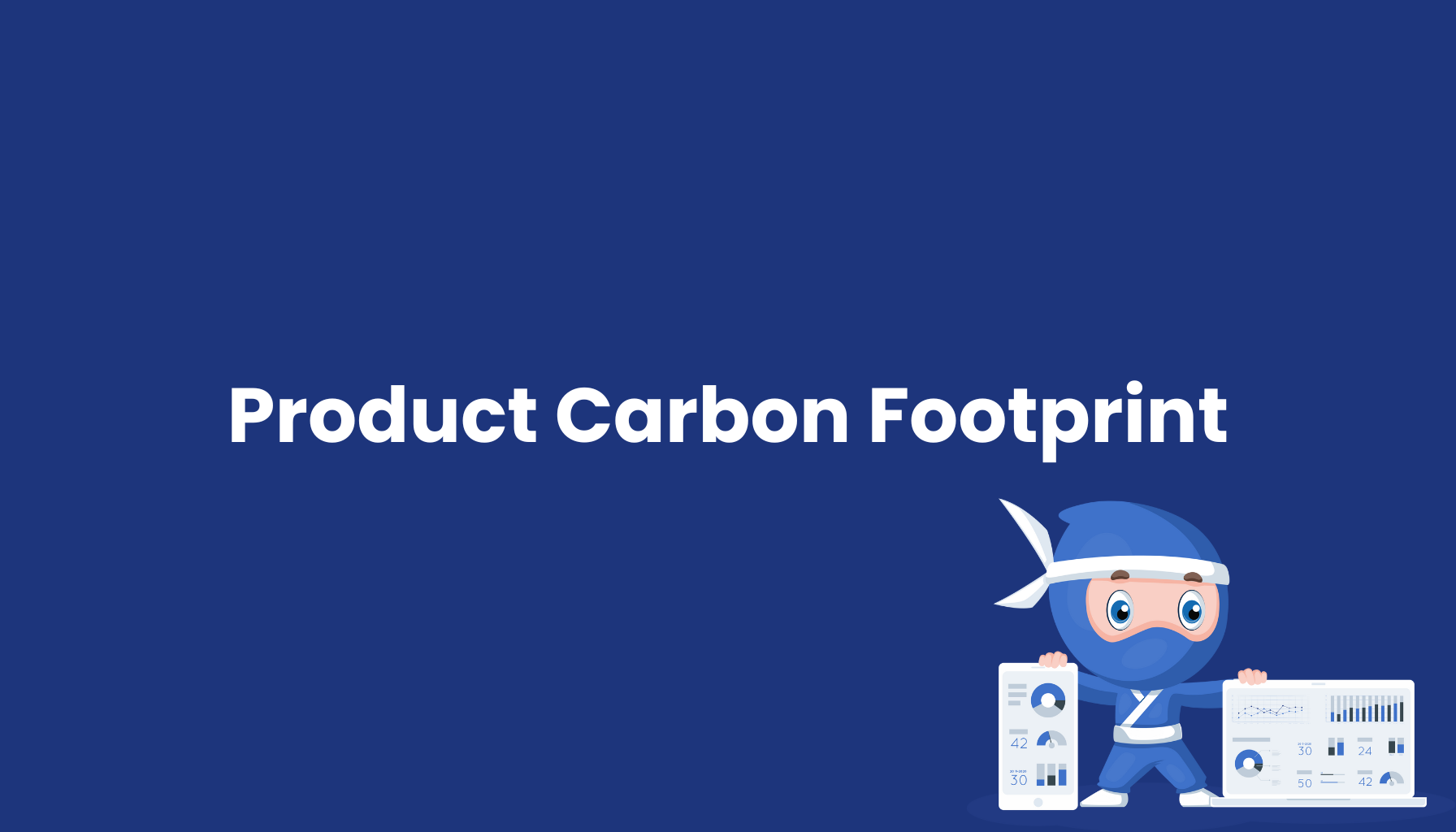Product Carbon Footprint

Introduction
The Product Carbon Footprint (PCF) quantifies the total greenhouse gas emissions generated by a product throughout its lifecycle – from raw material extraction and manufacturing to transport, use, and disposal. Measured in CO₂ equivalents (CO₂e), it has become a key metric for sustainability and transparency in industrial production.
In manufacturing, PCF is gaining strategic importance as customers, investors, and regulators demand accurate carbon reporting. With MES (Manufacturing Execution Systems), BDE (Shop Floor Data Collection), and OEE analytics, companies can now capture emissions automatically and process-specifically – turning sustainability into a data-driven discipline.
Components of the Product Carbon Footprint
The PCF follows the Greenhouse Gas Protocol, which divides emissions into three scopes:
Scope 1 – Direct emissions
-
From combustion in owned facilities, e.g., gas heating, furnaces, or production equipment.
Scope 2 – Indirect energy emissions
-
From purchased electricity, heat, or steam used in production.
-
MES-based energy monitoring helps quantify these emissions precisely.
Scope 3 – Other indirect emissions
-
Includes transport, supply chains, product use, and disposal.
-
Increasingly critical for full supply chain transparency.
Calculation and Data Integration
PCF is calculated using Life Cycle Assessment (LCA) according to ISO 14067. Data sources include:
-
MES data for real-time energy use, machine runtime, and scrap.
-
BDE data for precise operation and downtime tracking.
-
OEE metrics to identify inefficiencies that lead to excess energy or material waste.
By linking these sources, manufacturers can assign exact CO₂ values to each product or order, replacing estimates with factual data.
Why the Product Carbon Footprint Matters
Compliance and regulation – CSRD, EU taxonomy, and supply chain laws require CO₂ transparency.
Customer demand – Major clients expect environmental accountability from suppliers.
Cost and competitiveness – Lower PCF reduces energy costs and improves brand positioning.
Sustainable innovation – Accurate emission data enables smarter design and material choices.
Example
A metal component producer connected its MES and energy sensors to calculate per-order emissions. The data revealed high CO₂ intensity in certain machining steps. By adjusting process parameters, the company cut emissions by 17 %, improved audit readiness, and gained a sustainability edge in customer tenders.
Conclusion
The Product Carbon Footprint is becoming an essential performance metric for industry leaders. By linking it with MES, BDE, and OEE data, manufacturers gain full control over their environmental impact.
This integration turns sustainability from a reporting task into a strategic driver of efficiency and competitiveness.


